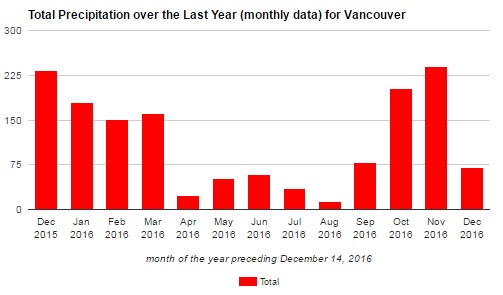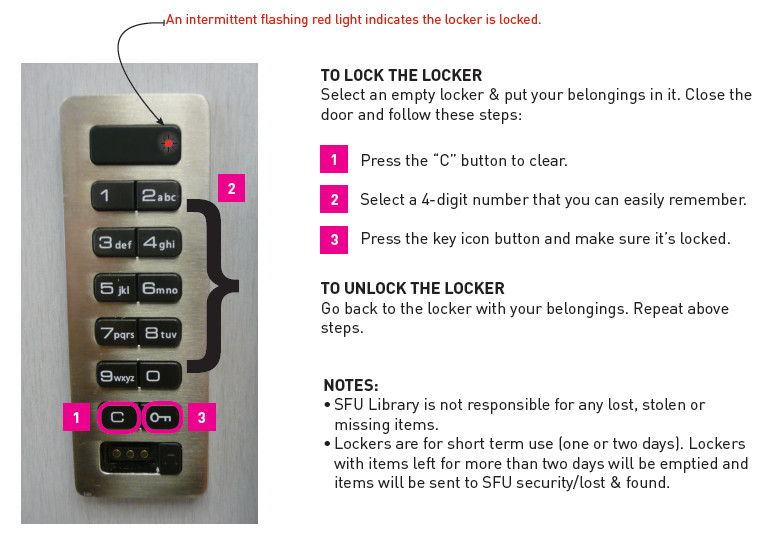How does copyright apply to data?
Data and factual information (e.g., rainfall or temperature measurements, mortality rates, population numbers, currency values, chemical structures, historical facts and dates, the number of Twitter followers someone has) are not protected by copyright. Additionally, simple and typical visualizations such as line graphs and tables, or the bar chart shown below, are often not creative enough to be eligible for copyright protection. These types of material may be able to be copied and used without permission.

However, some types of research products that might be used in a similar way to data (e.g., photographs, audiovisual recordings, detailed diagrams and charts, collections of text mined from websites or publications) are most likely protected by copyright.
If you are using someone else's data in your teaching or research, you will need to consider its copyright status, and ensure that you have the right or permission to copy and share it. Remember that fair dealing and other rights may apply.
If you are generating or compiling data in your research, any copyright in these materials may belong to you, another member of your research team, or an external third party. If your data incorporates works created by others, you will need to consider the copyright status before sharing or making it public, unless your use of the work falls under fair dealing or a similar provision. If you are depositing to a research data repository, such as FRDR, you should ensure you have the right, or permission, from any copyright owners, to deposit copyright-protected material (more information about copyright considerations for data deposits can be found on this page).
Any questions about data and copyright can be directed the SFU Copyright Office at copy@sfu.ca.
Image credit: Chart generated at vancouver.weatherstats.ca

